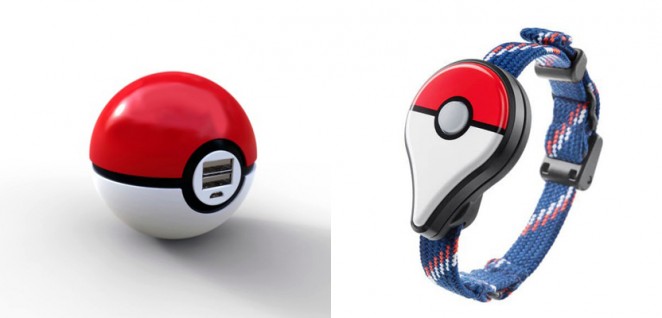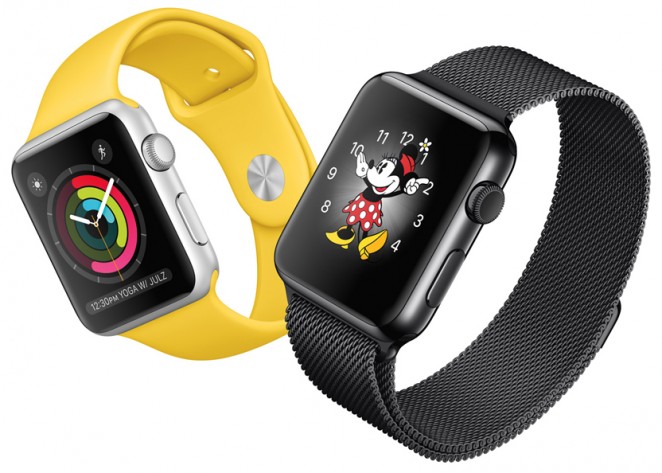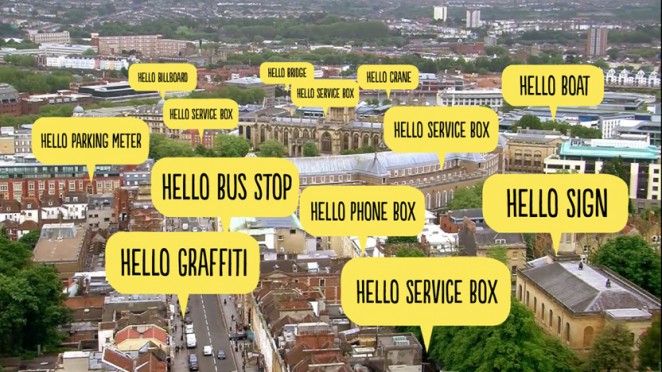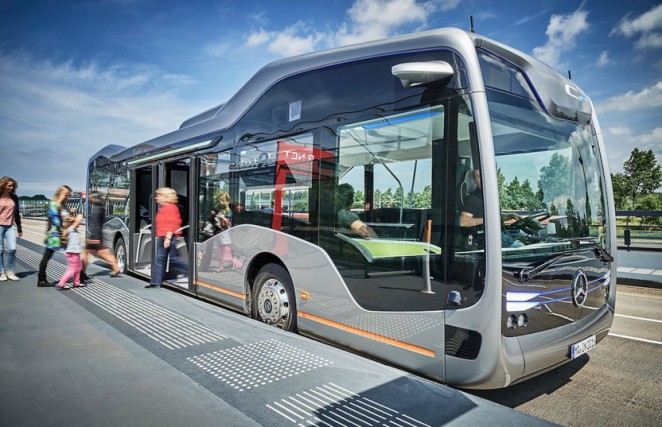The Week in Pokémon

We already reported last week on the rather nifty Pokédrone, but in the wake of Pokémon Go's phenomenal success, there have been many more products announced to capitalise on the game's current ubiquity. Nintendo's very own portable Pokémon GO Plus device could help prevent Pokémon related I injuries, as it notifies the player about events in the game without them having to look at their phone. The wristband, which was released by Nintendo to coincide with the app's launch, connects to a smartphone via Bluetooth, and uses an LED and vibration to let the user know when a Pokémon appears nearby. Players can also then catch Pokémon or perform other simple actions by pressing the button on the device. Of course, the device has yet to officially be released in the UK, but that hasn't stopped fans importing them over eBay for frankly ludicrous prices. My advice? Wait for a few months for the mass hysteria to die down and you'll probably be able to pick one up for peanuts.
On a less official basis, meanwhile, the London-based design studio Ramzan Vong has designed a portable phone charger that is hidden inside a Pokéball, whilst the Poké Radar map, designed by developers Braydon Batungbacal and Nick DiVona, allows users to search for rare Pokémon anywhere in the world using Google Maps. The mapping tool is run by the Pokémon GO community, and when a user taps on a Pokémon's icon, they will see who posted the tip and how many other players found the tip helpful. The map can be accessed in a browser, through the app in the iOS store for iPhone or through the app in the Google Play store for Android.
+rehabstudio and National Geographic unveil a live T-Rex chatbot


Imagine what a child would ask a dinosaur if they had the chance. That concept has become a reality thanks to National Geographic KiDS and +rehabstudio, who have unveiled a world first; the chance for children and parents to chat live to a virtual T. Rex via Facebook Messenger. Created to feed childrens’ imaginations and answer their questions, the catchily-named Tina the T. Rex is all about virtual learning and discovery. The bot will live across three of NG KiDS’ Facebook pages for the next week, allowing thousands of people in the UK, South Africa, Australia and New Zealand the chance to quiz Tina on the fascinating life of the T. Rex.
“Tina is an exciting example of how technology can enhance a child’s learning. Not only is she fun, she’s seriously educational too”
Chatting to Tina is simple; simply log in to Facebook, visit the NG Kids page and click on the Messenger button. Children can ask her about her size, speed and habitat and she will happily respond. The bot, built by +rehabstudio, has a strong focus on making learning an engaging and interactive experience, while also acknowledging the nuances of kids’ questions and curiosities. The aim was to create a fun, exciting experience that really brings learning to life for kids. The bot uses the new AI technology made available on messenger services earlier this year, and hopes to engage the whole family, not just dinosaur-obsessed tiddlywinks. Tim Rodgers, Founding Partner at +rehabstudio, said of Tina: “Chatbots are popping up everywhere, but Tina is distinctive as an edu-bot, focussing on educating kids on dinosaur facts. It is amazing to have brought a creature that has been extinct for 65 million years back to life.”
Vodafone and FCB push the limits of 4G
Vodafone has pulled off one of its most innovative marketing activations yet with a high octane stunt featuring the kiwi drift car sensation, Mad Mike Whiddett, and the company’s own Director of 4G Network, Tony Baird. Mad Mike successfully completed the drift course with his windows completely blacked out, his only vision coming through four tablets fixed to the inside of his windscreen. A live video call across the Vodafone 4G network delivered Mad Mike’s only view of the outside world, beaming in from four smart phones attached to the roof of his drift car. Mad Mike said of the #4GRedline stunt, which was apparently one of the most challenging of his illustrious career: “It was a little risky that’s for sure and this was without a doubt the biggest challenge I’ve ever had behind the wheel. The whole experience was amazing and like being in a different world because switching quickly between those screens actually made me feel a little bit car sick for the first time in my life.” The 4G Redline idea has been under discussion with the company’s creative agency, FCB, since December 2014 and was given the green light early this year to demonstrate the power of the Vodafone network. Lou Kuegler, Head of Brand & Insights at Vodafone New Zealand, explained that the experiment set out to demonstrate the reliability of the Vodafone 4G network in an innovative, dramatic and authentic way. He said: “This is what modern marketing is all about, it’s one thing to say we have a reliable network, it’s another to demonstrate it, and that’s what we set out to do. The 4G Redline idea is a dream fit for Vodafone’s innovation strategy.”
Global smartwatch sales take a serious dive
Global smartwatch sales have seen their first major drop, which has been directly caused by a significant fall in Apple Watch purchases as customers wait for a new model to be released. Worldwide shipments of Wi-Fi and Bluetooth connected timepieces fell by a reported 32% in the second quarter of 2016 according to market analysts International Data Corporation (IDC). Vendors shipped 3.5 million units during this period, which marks a substantial fall from the 5.1 million distributed a year ago. Despite remaining the market leader with almost half of the share, the Apple Watch experienced a sharp drop in sales year on year, down 55% according to IDC. The other four biggest smartwatch producers; Samsung, Lenovo, LG Electronics and Garmin, all saw a rise in sales, but Apple's poor results dragged down the market as a whole.
IDC's report states that customers are holding off buying new Apple Watches in anticipation of hardware and software upgrades expected later this year. It also predicts that the market will pick up again next year. Since its unveiling in 2014, the Apple Watch has had received very mixed responses. It was criticised by the tech giant's Co-Founder, Steven Wozniak, as well as a collection of design industry figures. Earlier this year, critic Alice Rawsthorn launched a scathing attack on the Apple Watch and the tech company's collaboration with fashion house Hermès. Her comments came as Apple cut the price of the cheapest model from $349 (£245) to $299 (£210), a move it usually reserved for older models of devices after the launch of new hardware. Apple has yet to reveal a second generation of the watch hardware. It is rare for the company to leave more than a year between hardware upgrades.
A new app delivers the doctor to your door

GPDQ (GP Delivered Quickly) is a doctor delivery service app that allows patients to request a general practitioner to arrive at their home within an hour and a half. A start-up company founded by NHS and private healthcare GP Dr Anshumen Bhagat, with the aim of creating a more accessible and affordable private primary care solution, GPDQ is being touted as an incredibly easy-to-use, but surprisingly powerful and reliable app. Patients are able to request a GP to arrive at any given location from Monday through to Sunday at 8am to 11pm within an average of 90 minutes, for appointments and prescriptions. Appointments start at £120 for a 25-minute consultation, and go up in price if patients want extra time or to use the system’s two-hour medication delivery service. The company is registered with the Care Quality Commission, the medical profession’s independent regulator, and uses doctors who are UK-trained and registered with the General Medical Council.
“As a start-up, we don’t have the same resources as Uber, but we can learn a lot from their design decisions and adopt them to our own concept”
The user interface (UI) uses a simple colour scheme of white, black and pink, along a sans-serif typeface. The UI includes a map, with plots showing where GPs are based in the user’s vicinity. The user can then select an address, and they are given an expected arrival time, alongside an appointment fee. Once they’ve ordered, they’re given a profile and photo of the doctor they will be receiving treatment from, alongside a rating and a reviews system. Following the appointment, they are encouraged to leave a star rating and review, and can view their past and previous appointments through a side menu. The app was designed by freelance designer Alisa Afkhami, who says Uber was the inspiration behind the user experience and digital design of GPDQ. Inspiration was also drawn from the user interface design of Airbnb. Afkhami said: “You could say GPDQ is Uber but for GP visits. A lot of users are already familiar with the Uber experience, so by following a similar experience this helps to create an instant sense of trust and ease.” GPDQ is currently only available in central London but will be expanding to more UK cities soon, the company says.
Playable City Award 2016 open for entries

Watershed, an arts venue based in Bristol, UK has opened submissions for the fourth annual Playable City Awards. The award was created to make use of creative technologies, reuse city infrastructure and make cities more liveable, hopeful and collaborative places. The winner in 2015 was “Urbanimals,” a series of origami-like projections of wild beasts, created by Polish designers LUX. The winning designer will receive a £30,000 commission, practical support in designing, testing and communicating the idea, and a residency at the Pervasive Media Studio in the Watershed. This year, Watershed has invited artists to respond to the theme of “Journeys” in a bid to enhance transport facilities, welcoming submissions from designers, urbanists, architects, interaction designers, technologists and creative practitioners from across the globe. The deadline for submissions is 31 August at 5pm.
Mercedes-Benz unveil self-driving bus
Mercedes-Benz has revealed its design for an autonomous bus. Developed based on technology in the company's autonomous truck, the Future Bus is able to drive itself along suitable routes, communicate with traffic lights to cross junctions, and automatically stop at stations. The Future Bus recently made a 20 kilometre trip from Amsterdam's Schiphol airport to the nearby town of Haarlem, which the company claims makes it the first automated city bus tested in a real-life traffic situation. The Future Bus is driven by CityPilot technology; a self-driving system based on Highway Pilot, from the company's autonomous Actros truck. Using cameras, radar and GPS systems, the bus is able to recognise and communicate with traffic lights, allowing it to drive through the junctions they control. The bus also has an auto-brake system that can recognise obstacles, like pedestrians crossing the road, to avoid collisions. It is able to automatically halt at bus stops, where it will open and close its doors for passengers to get on and off.
“Future Bus makes public transport safer, more efficient and more productive”
Wolfgang Bernhard, board member of Mercedes-Benz's parent company Daimler AG said of the bus: “More people can travel from A to B quickly, punctually and in comfort, to the benefit of all: bus operators, bus drivers and passengers.” The driving status of the bus is indicated through coloured strips of light on its exterior; white for manual and blue for automated. Doors are similarly illuminated to speed up passenger boarding and embarking, with the exit marked in red and the entrance in green. Inside, the bus is divided into three zones; a service zone at the front, an express zone in the middle for passengers travelling short distances, and a lounge zone at the back for long-distance travellers.








